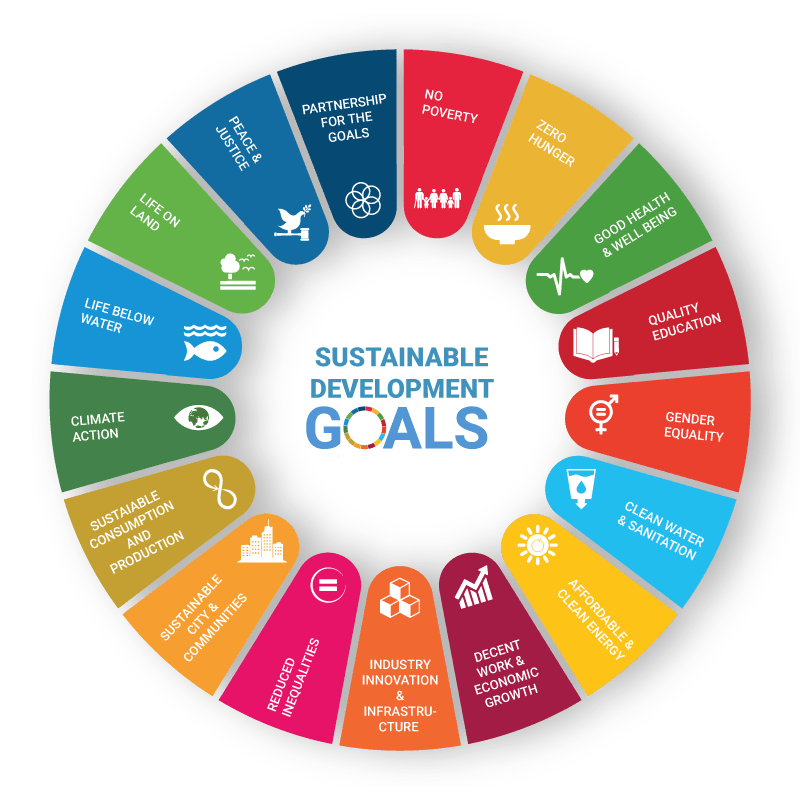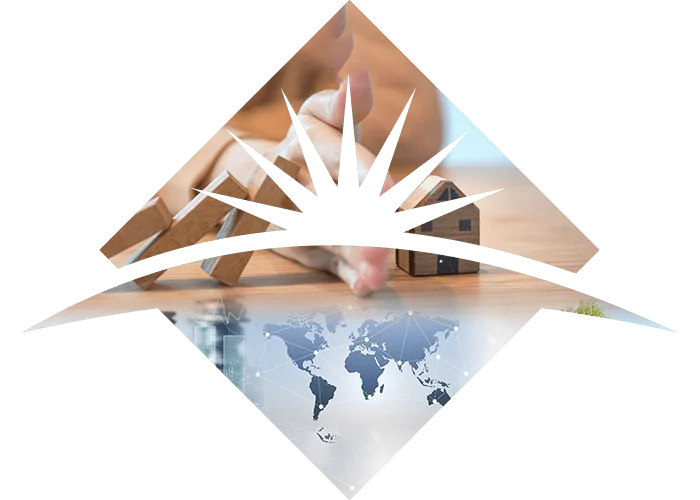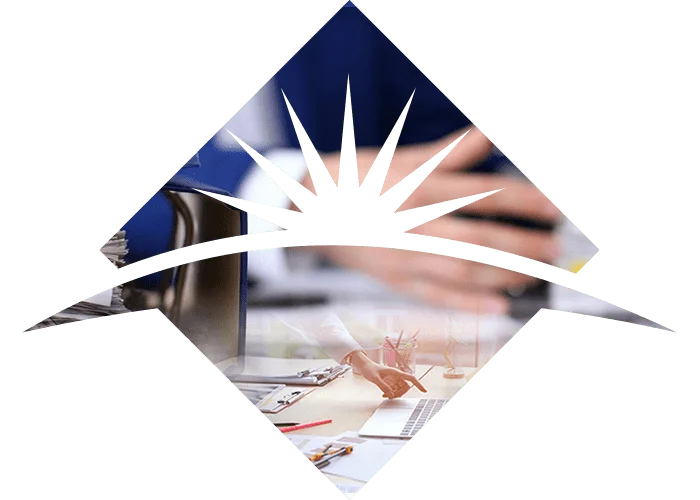Menu

UN Sustainable Development Goals (2030) with Targets related to Disaster Risk
The 2030 Agenda for Sustainable Development recognizes and reaffirms the urgent need to reduce the risk of disasters. Disaster risk reduction cuts across 10 of the 17 Sustainable Development Goals, firmly establishing the role of disaster risk reduction as a core development strategy. NDRMF’s contribution towards the relevant SDG Goals and Targets is highlighted below:
Targets
NDRMF's contribution
1 NO POVERTY
 |
1.5 By 2030, build the resilience of the poor and those in vulnerable situations and reduce their exposure and vulnerability to climate-related extreme events and other economic, social and environmental shocks and disasters. | At least 3 million people who are highly vulnerable to the negative impacts of multiple natural hazards are safe and have become more resilient against the direct and indirect impacts of multiple natural hazards. |
4 QUALITY Education
 |
4.a Build and upgrade education facilities that are child, disability and gender sensitive and provide safe, non-violent, inclusive and effective learning environments for all. | 500 public buildings (including schools) financed by the NDRMF are made safe and resistant to multiple hazards. |
5 GENDER EQUALITY

|
5.1 End all forms of discrimination against all women and girls everywhere. 5.5 Ensure women's full and effective participation and equal opportunities for leadership at all levels of decision- making in political, economic and public life. 5. c Adopt and strengthen sound policies and enforceable legislation for the promotion of gender equality and the empowerment of all women and girls at all levels. | At least 40-50% women and girls out of the total beneficiaries who are highly vulnerable to the negative impacts of multiple natural hazards are made safe and have become more resilient against the direct and indirect impacts of multiple natural hazards.A gender-sensitive national DRF strategy and two gender inclusive DRF instruments developed. |
6 CLEAN WATER
 |
6.6: By 2020, protect and restore water-related ecosystems, including mountains, forests, wetlands, rivers, aquifers and lakes. | NDRMF is financing water conservation structures, drought mitigation schemes, small dams and reservoirs. |
9 INDUSTRY, INNOVATION
 |
9.1 Develop quality, reliable sustainable and resilient infrastructure, including regional and trans-border infrastructure, to support economic development and human well-being, with a focus on affordable and equitable access for all. | 300 kilon new or retrofitted flood protection infrastructure financed by NDRMF are constructed. As a result, economic development in agricultural sector can be sustained. NDRMF is financing structures developed for land stabilization. |
11 SUSTAINABLE CITIES AND COMMUNITIES
 |
11.5 By 2030, significantly reduce the number of deaths and the number of people affected and substantially decrease the direct economic losses relative to global gross domestic product caused by disasters, including water-related disasters, with a focus on protecting the poor and people in vulnerable situations. 11.b By 2020, substantially increase the number of cities and human settlements adopting and implementing integrated policies and plans towards inclusion, resource efficiency, mitigation and adaptation to climate change, resilience to disasters, and develop and implement, in line with the Sendai Framework for Disaster Risk Reduction 2015-2030, holistic disaster risk management at all levels. 11.c: Support least developed countries, including through financial and technical assistance, in building sustainable and resilient buildings utilizing local materials. | At least 3 million people who are highly vulnerable to the negative impacts of multiple natural hazards are safe and have become more resilient against the direct and indirect impacts of multiple natural hazards. 500 public buildings financed by the NDRMF (in the social sector) are made safe and resistant to multiple hazards. 300 kilometer of new or retrofitted flood protection infrastructure financed by NDRMF are constructed. Strengthening of capacities and establishing organizations for disaster risk reduction and management/emergency response at the national, provincial, district and community level. Development of Disaster Risk Management Plans (including urban disaster management plans) for mainstreaming DRR at the national, provincial, district and community level, and DRR Policies for National Development Plan and National Poverty Reduction Strategy, and Sectoral Guidelines. |
13 Climate Action
 |
13.1 Strengthen resilience and adaptive capacity to climate-related hazards and natural disasters in all countries. 13.2 Integrate climate change measures into national policies, strategies and planning. 13.3 Improve education, awareness- raising and human and institutional capacity on climate change mitigation, adaptation, impact reduction and early warning. 13.b Promote mechanisms for raising capacity for effective climate change- related planning and management in least developed countries, including focusing on women, youth and local and marginalized communities. | CBDRM plans are completed in fifty (50) vulnerable union councils or urban centers. MHVRA including (climate and gender related vulnerabilities) is completed in twenty (20) vulnerable cities or districts. Installation of early warning systems to expand geographic coverage by 10%. Initiatives undertaken to strengthen capacities of NDMA and PDMAs in developing disaster response plans (mainstreaming gender, and climate). DRR policies at the national & provincial level (mainstreaming DRR& climate change). |
15 life and land
 |
15.3 By 2030, combat desertification, restore degraded land and soil, including land affected by desertification, drought and floods, and strive to achieve a land degradation-neutral world. | NDRMF is financing water conservation structures, drought mitigation schemes, small dams and reservoirs. |










